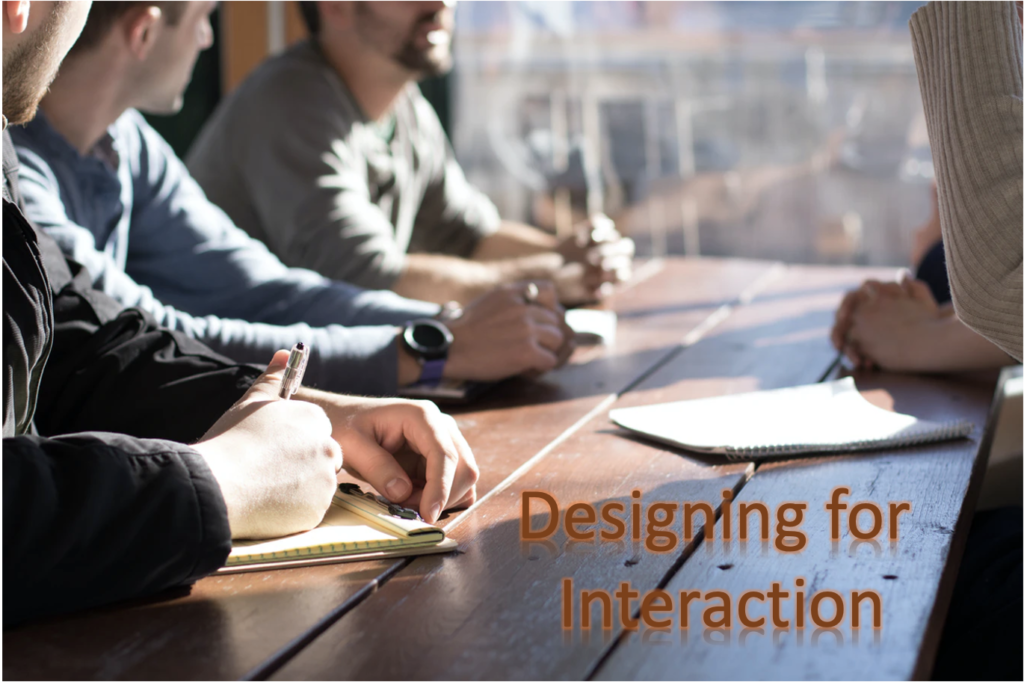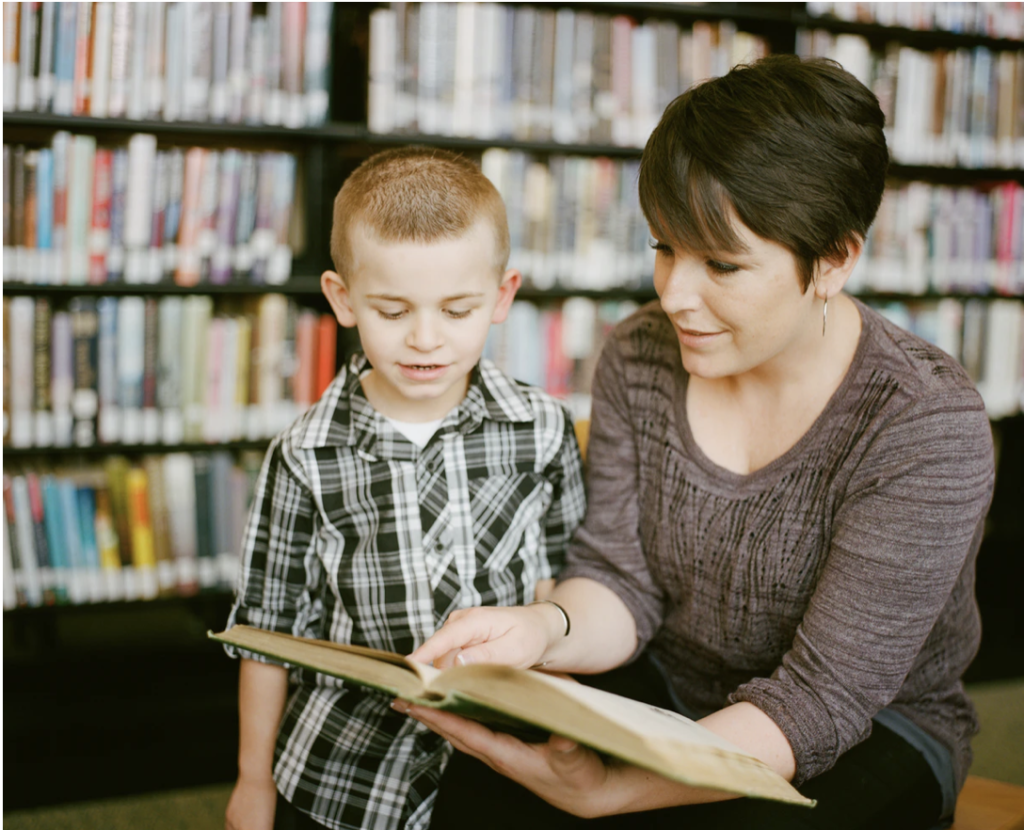
My chosen video:
For my video, I chose this fun rap that talks about descriptive language and how we can use our senses to create images and vivid pictures. This video does not force the students to respond in any way. Instead, this video takes a more learner-generated approach where a fun song is provided in hopes that, “…users may voluntarily interact with the medium, either cognitively and/or through some physical response.” (Bates, 2019). By providing a fun and catchy song, students may internalize information and remember it more as it is something that recruits their interest. It has also been shown that, “…active engagement with music can impact the way that the brain can process information, enhancing the perception of language and speech…” (American Institutes for Research, n.d.).

Since this video does not have any inherent interaction, after would be a perfect time for designed interaction. As a teacher, you could implement any activity that centers around descriptive language. One of my initial ideas would be to get students to write a short paragraph or song describing a single event, real or fictional, using descriptive language. This would require students to slow down time, focus on a single moment, and use descriptive language. Without slowing down time in writing, the text is often rushed and reads as an agenda or list-like form. Slowing down time is a critical writing skill as it allows the writer to create a piece that flows eloquently. It allows them to create ideas that are fully developed, which in turn, lets the readers visualize, use their senses, and make connections to the text. This activity would flow and connect nicely with this video as the narrator in the video describes various single moments such as when he was at the beach in Puerto Rico. This activity could be done in various ways depending on your classes needs. It could be a written response, a response done through the use of technology, or a spoken response. This allows for the action and expression pillar from the UDL Guidelines to be enhanced by using multiple tools for construction, composition, and communication and allowing for various methods of response (CAST, 2018). Another idea that comes to mind is getting students acquainted with putting their senses into words through the use of a tactile activity. In this activity you would gather different items that students can experience with their senses. This could include things with different textures such as a soft feather and goopy silly putty, things that make different sounds, things with different smells and tastes etc. Hide the items in paper bags and have students describe what they are sensing with words. This is a great activity for enhancing the representation pillar from the UDL Guidelines as it, “…[provides] information through different modalities.” (CAST, 2018) in an active learning environment. This activity would work with verbal communication as its medium with a potential writing/typing piece if desired.

Both of these activities are great in terms of assessment. With the writing piece, you could easily turn this into a writer’s workshop, which I went into great detail about is post 2. This would provide a chance for student-student interactions through the use of collaboration and peer editing, student-teacher interactions through the conferencing opportunity, and student-self interactions through the self-reflection that occurs after feedback has been received. Students would benefit from the various interactions and feedback, while teachers would benefit from seeing where the students are at, where they may need additional guidance etc. This activity would allow for both formative and summative assessment opportunities through the use of conferencing and a final submission (if desired). On the other side of the spectrum, the tactile activity would be a good opportunity for formative assessment. In this activity, teachers could gain a good sense of student’s current knowledge and abilities and see where they need further support and work with the content. These activities provide chances for both formative and summative assessments, as well as the use of various mediums. It is up to the teacher to decide what they feel is best for their current class, situation etc. and what they feel aligns best with the learning outcomes they are aiming to assess.
I personally really like this video and appreciate how it does not force a response from students but instead allows for learner-generated responses; however, if I were to make a suggestion for how this video could be more interactive, I would suggest potentially removing some of the descriptive language and leaving it blank for students to fill in with their own ideas. This would create more of an inherent approach although some students may still choose not to answer. I personally think altering this video to make it more interactive would actually take away from its effectiveness. I think it would be more effective to use it as fun tool to get learner-generated responses flowing and then pairing it with a designed activity afterwards.
If anyone is interested in reading more about why music can be beneficial in the classroom and for students learning, I have found a short article that lists some major benefits and discusses some strategies for incorporation. I wanted to include this as the video I chose centres around music! Hope you enjoy!
https://www.prosolutionstraining.com/resources/articles/the-benefits-of-music-in-the-classroom.cfm
Resources:
American Institutes for Research. (n.d.). How does music benefit your classroom or school community the most? National Center on Safe Supportive Learning Environments. https://safesupportivelearning.ed.gov/voices-field/how-does-music-benefit-your-classroom-or-school-community-most.
Bates, A.W. (2019). Teaching in a Digital Age – Second Edition. Vancouver, B.C.: Tony Bates Associates Ltd. Retrieved from https://pressbooks.bccampus.ca/teachinginadigitalagev2/chapter/pedagogical-roles-for-text-audio-and-video/
CAST (2018). Universal Design for Learning Guidelines version 2.2. Retrieved from http://udlguidelines.cast.org
ProSolutions Training. (n.d.). The benefits of music in the classroom. ProSolutions Training. https://www.prosolutionstraining.com/resources/articles/the-benefits-of-music-in-the-classroom.cfm.
Photo Credits: Header photo by Dylan Gillis
